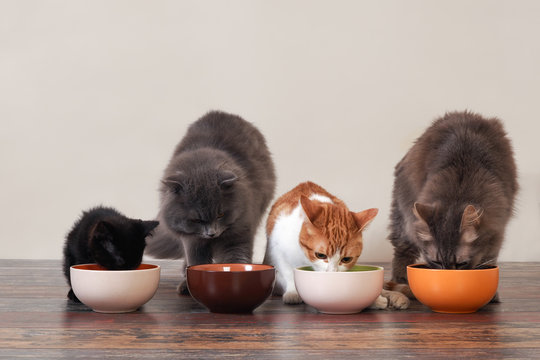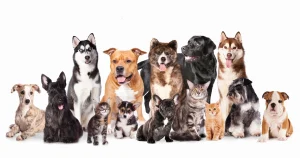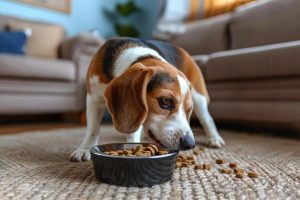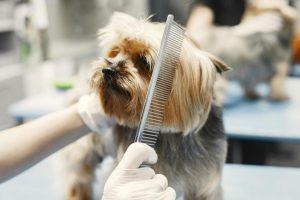
Feeding Your Cat the Right Way
Understanding Your Cat’s Natural Eating Habits
In the wild, cats are hunters who eat multiple small meals throughout the day. While our pets no longer need to stalk prey, their digestive systems and instincts are still built for this pattern. Feeding smaller, more frequent meals can help prevent overeating, reduce boredom, and keep energy levels steady.
If your schedule doesn’t allow for multiple feedings, consider timed feeders that release small portions at set intervals.
Feeding a cat isn’t just about filling a bowl — it’s about creating a daily routine that supports their natural instincts, keeps them healthy, and strengthens your bond. Many cat owners are surprised to learn that the “how” and “when” of feeding can be just as important as “what” goes into the dish.
Balancing Nutrition & Portion Control
Cats are obligate carnivores, meaning they require nutrients like taurine, arachidonic acid, and vitamin A from animal-based proteins. Commercial diets labeled “complete and balanced” are formulated to meet these needs, but not all brands are equal. Always check that a named meat source (like chicken, turkey, or salmon) is the first ingredient, and avoid products with vague labels such as “meat by-products” without specification. Mixing wet and dry food can provide both hydration benefits and dental texture variety, but portion control is essential to avoid excess calories.
Feline obesity is one of the most common preventable health issues. A few extra treats or overfilled bowls may not seem like much, but over time they can add up. Use a measuring cup or scale to portion your cat’s meals accurately, based on their weight, age, and activity level.
Hydration: The Often Overlooked Factor
Cats naturally have a low thirst drive, so dehydration is a risk, especially with dry food diets1. Wet food can help increase moisture intake, but water should always be available. Many cats prefer running water, so a pet fountain can be an easy way to encourage drinking.
Common Feeding Mistakes to Avoid
- Free-feeding without monitoring portions, leading to weight gain.
- Feeding only one type of food without considering hydration.
- Relying heavily on treats or human food.
- Changing diets suddenly, which can upset digestion.
If you need to switch foods, transition slowly over 7–10 days2, gradually mixing the new food with the old.
How Much to Feed
Feeding needs vary by age, weight, and activity level3.
- Kittens need higher calorie intake spread over several small meals.
- Adult cats often do well on two meals a day, about 12 hours apart.
- Seniors may need adjusted portions to maintain a healthy weight.
Final Thought
Feeding your cat well isn’t just about nutrition — it’s about creating habits that fit their natural needs and lifestyle. With the right food, portions, and hydration, you’ll be setting your cat up for a long, healthy, and content life. If your cat shows a sudden change in appetite, unexplained weight loss or gain, vomiting, diarrhea, or signs of discomfort, consult a veterinarian promptly. Diet adjustments may be needed for health conditions like kidney disease, diabetes, or food allergies.
- Association of American Feed Control Officials. (2024). Cat food nutrient profiles. AAFCO. https://www.aafco.org ↩︎
- National Research Council. (2006). Nutrient requirements of dogs and cats. The National Academies Press. https://doi.org/10.17226/10668 ↩︎
- Case, L. P., Daristotle, L., Hayek, M. G., & Raasch, M. F. (2011). Canine and feline nutrition: A resource for companion animal professionals (3rd ed.). Elsevier Health Sciences. ↩︎

 Continue with Google
Continue with Google  與Facebook登錄
與Facebook登錄  Feeding Your Cat the Right Way
Feeding Your Cat the Right Way 




